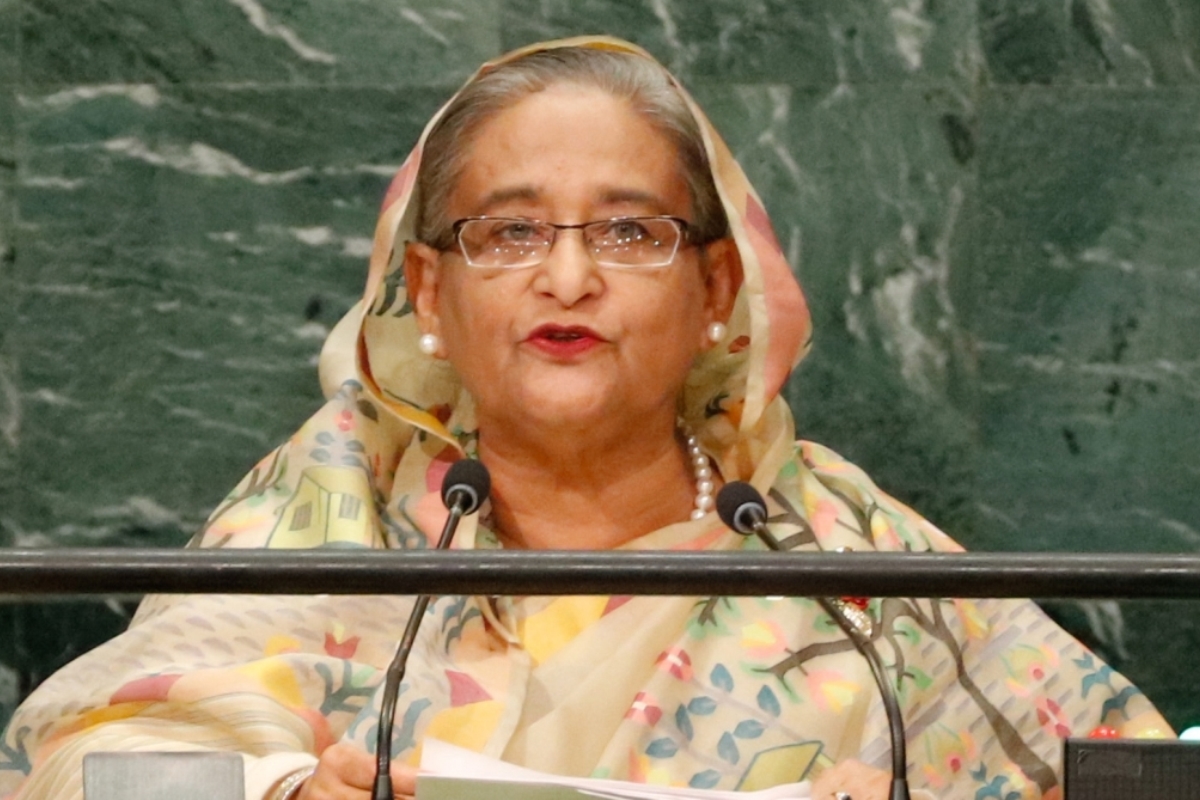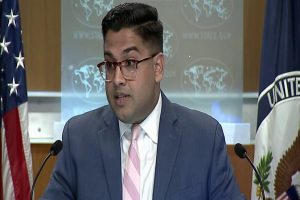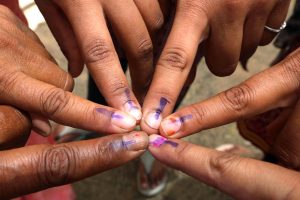Sheikh Hasina, the longest serving Prime Minister of Bangladesh, in her election manifesto, pledged to build a non-communal, Sonar Bangla (Golden Bangladesh) free from hunger, poverty and illiteracy following her father Sheikh Mujibur Rahman’s vision and passion.
After her landslide win, a beaming Hasina took oath as the consecutive third term Prime Minister of Bangladesh and vowed to continue the welfare projects on a priority basis. Bangladesh, the erstwhile East Pakistan, is now way ahead of Pakistan in many ways going by social and economic parameters.
An example of unique linguistic nationalism, Bangladesh is no longer a poor, backward country, which can be gauged from the fact that it is not lagging behind India in major social and economic indices like GDP growth, child mortality rate and gender equality ratio.
According to the UN conference on Trade and Development figures cited in a Dacca Tribune report, India’s per capita income rose by 13.8 per cent between 2013 and 2016 and Bangladesh’s by 39 per cent. Another report says that open defecation rates have fallen from 42 per cent to 1 per cent in Bangladesh. In India, as of October 2018, 34 per cent of the country is yet to be open-defecation free; and this despite Prime Minister Narendra Modi’s Swachh Bharat Mission!
In fact, India has followed Bangladesh’s Community-led Total Sanitation (CLTS) model which they introduced way back in 1999. According to the World Bank, in 2017, Bangladesh recorded an infant mortality rate of 27, which means that these many children died on average within the first year of every 1000 live births. For India the rate was 32.
The average life expectancy for an individual in Bangladesh is 72.58 years, against 68.8 years in India. In a study on ‘human capital’ published in the medical journal ‘The Lancet’ India ranked a notch below Bangladesh.
It ranked seventh, a good eight slots ahead of India (ranked fifteenth), in the political representation of women on the World Economic Forum (WEF) gender graph index. In 2018, Bangladesh has been ranked 48 in the Gender Gap Report, while India stands at 108, a whopping 60 slots below Bangladesh.
On the contrary, Pakistan is lagging behind India and Bangladesh on every front except religious extremism. No wonder, Imran Khan, in order to build a Naya Pakistan, wanted to emulate Bangladesh as a role model of development and is reported to have admitted that Pakistan will need another ten years of robust economic growth to catch up with Bangladesh on the economic front.
And this is no exaggeration. India’s eastern neighbour has far surpassed its western counterpart on key social indices and is poised to surpass India too in the not so distant future, if it maintains its present pace of growth. But it is not an overnight phenomenon.
The growth story began much earlier, when Md. Yunus, the sole Bangladeshi Nobel Laureate and his brainchild Grameen Bank, the globally renowned micro-finance initiative started offering loans to entrepreneurs too poor to qualify for traditional bank loans.
It worked wonders in lifting people up from poverty and by opening up job opportunities for millions of people living below poverty level. Bangladesh’s garment industry flourished beyond expectation creating jobs especially for women, which played a vital role in poverty alleviation in rural areas. Bangladesh emerged as the world’s second largest garment exporter, next only to China.
Taking advantage of the hasslefree, easy passport procedure, Bangladeshi people work all over the world which adds to the forex deposits of the country. To see a fledging neighbouring country born in the name of language, not religion, graduating into the rank of a developing country, is certainly an eye-opener for every aspiring country.
Political stability under the premiership of Sheikh Hasina, played a vital role in this entire development story. She has to make the development sustainable, which is a more challenging job than winning elections.
(The writer is a Ranigunj-based freelance contributor.)












